Think of stories that put animals front and centre, and many people will revert to some of the favourite books they enjoyed as children. Little wonder, since such tales date back thousands of years and have consistently appealed to younger readers. Composed around 600 BC, the majority of Aesop’s Fables feature animals, and that tradition has continued into more recent times, from the adventures of Br’er Rabbit through to The Wind in the Willows, The Animals of Farthing Wood and many other classics.
Children shouldn’t have all the fun, though, and even if some may be dismissive of all animal-focused fiction as mere kids’ stuff, the reality is that there is a great tradition of outstanding novels for adults told through the characters and experiences of animals. For doubters who still don’t want to waste time on such ‘trivial’ fiction, it’s worth considering that, while these books reveal a lot about our relationship with the natural world, they actually do so much more than that: above all, they offer an entirely different perspective on what it means to be human.
Tarka the Otter by Henry Williamson (1927)
This timeless account of the short water-life of an otter at home in the rivers of rural Devon has continued to captivate successive generations of readers since it was first published in 1927. In many ways, this is the benchmark against which all other novels on our list should be judged.
The book is broken down into two parts: The First Year and [spoiler alert] The Last Year, immediately alerting readers to what is coming. Williamson imbues the life of Tarka with a sense of nobility and dignity, but irrespective of the beautiful prose, there is no cloying sentimentality or anthropomorphising here. The author’s dispassionate eye occasionally betrays sympathy for Tarka’s endeavours, but nevertheless recounts his life and inevitable death with an honest fatalism, accepting the predestined nature of all things that live and one day must die.
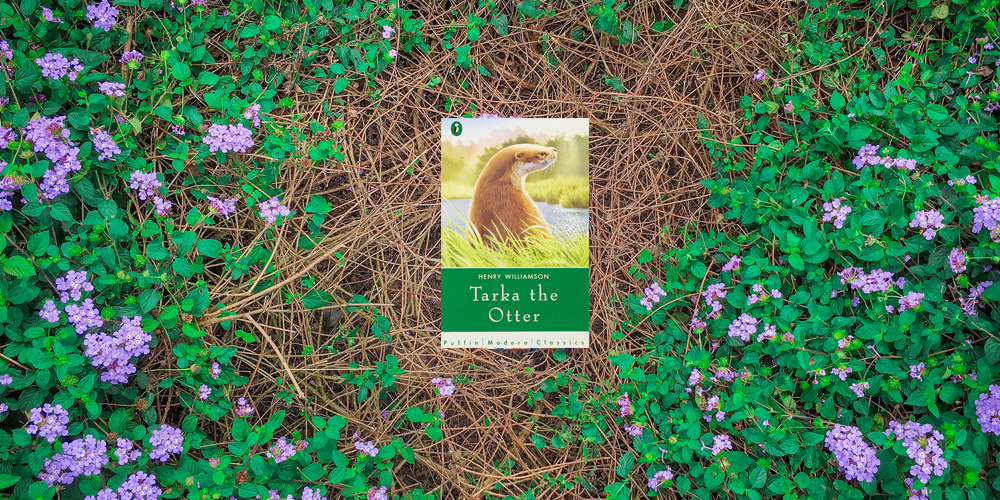
Animal Farm by George Orwell (1945)
Few books have gripped the popular consciousness as much as Animal Farm has since it was first published. The novella’s original title read Animal Farm: A Fairy Tale, although this was later dropped from the US and subsequent editions.
Orwell tells the story of a group of animals who bravely revolt against the heartless Mr Jones, the owner of Manor Farm. Part satire, part allegory and, indeed, part fairy tale, the story echoes the Russian Revolution and serves as a denunciation of Joseph Stalin. Whether or not readers infer that today, Animal Farm remains every bit as thought-provoking, disturbing, and relevant as the day it was published.
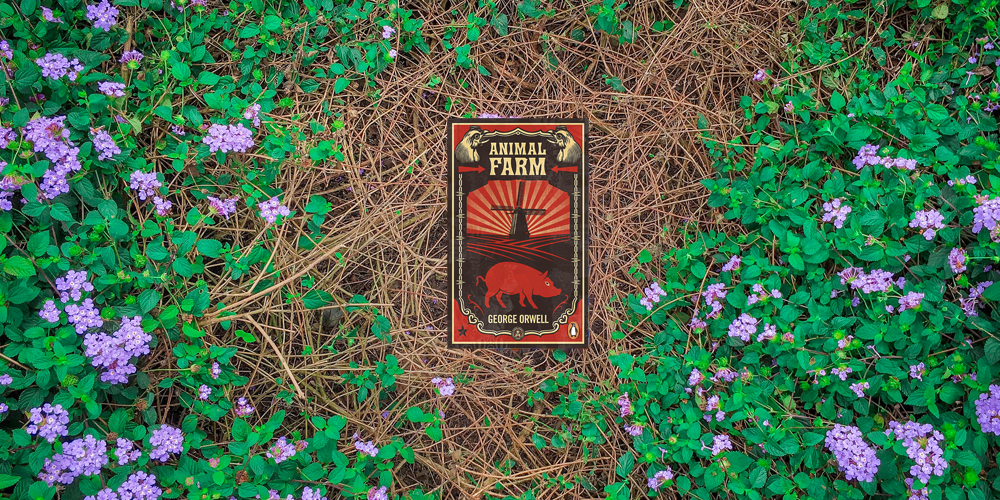
Jonathan Livingston Seagull by Richard Bach (1970)
It’s hard to overstate just what a publishing phenomenon this book was. Originally seen as a slight novella with only marginal appeal, it went on to sell over a million copies within the first two years of publication, and has sold many more since then. So what was it exactly that tapped the nerve of an entire generation? The story itself revolves around a young seagull worn down by the preoccupations of his flock, yet who dreams of flying higher and yearns to attain a deeper understanding of his avian life.
The philosophical account resonated with each and every reader who ever aspired to break free from the grind of everyday life in search of freedom and fulfilment. And, as it turned out, there were countless millions of them. Would today’s publishing boom of self-help and personal improvement books have happened without Bach’s opus? Probably, but it wouldn’t have been quite the same. This is a work that invites readers to spread their wings and fly… literally.
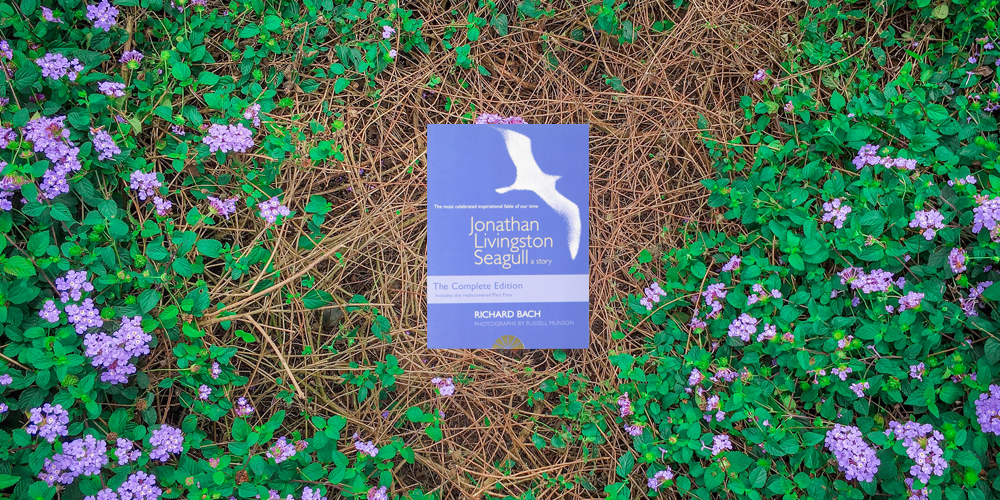
Watership Down by Richard Adams (1972)
The next classic on our list has been equally successful in working its way deeply into contemporary culture – so much so that the 1972 novel has already spawned a 1996 sequel, a classic animated movie in 1978, an animated TV series in 1999, plus a further BBC/Netflix animated series in 2018, not to forget radio dramatisations, concept albums, stage plays, audiobooks and the list continues ever on. The influence of the masterpiece is so profound that many more creative offspring of the book seem inevitable. You could almost say they were breeding like rabbits.
Jokes aside, the popularity of the Watership Down world is testament to the original source material and Adams’s extraordinary creative vision. The narrative chronicles the journey of a small group of rabbits as they leave their burrow in search of a safer, happier home. This classic quest combines adventure with political, social and ecological commentary – improbable building blocks which might have been awkward in the hands of a lesser writer, but Adams presents his story on an epic, almost Homeric scale, complete with rabbit poems, proverbs and mythology. Put any preconceptions you may have to one side and just read this novel. This is a book that changes its readers.
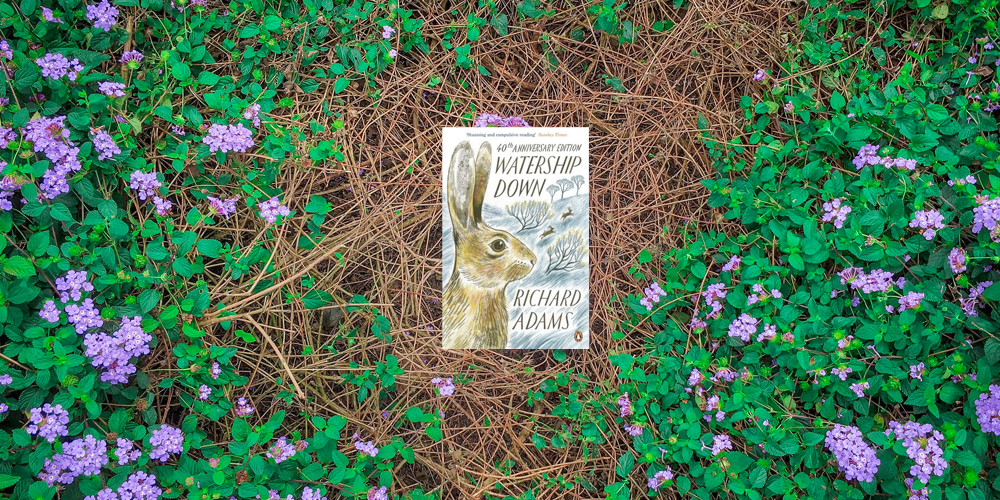
Duncton Wood by William Horwood (1980)
Duncton Wood is a perfect autumnal read with its lush descriptions of golden forests that are echoed in the book’s cover. The story of a solitary mole named Bracken and his mate Rebecca is every bit as epic in its scope as Watership Down, and its bestselling status underlines just how much the book met the public’s appetite for more animal tales when it was first published in 1980. As with so many fantasy sagas, Horwood later spun out his story into a series of books to form The Duncton Chronicles.
You can enjoy the original classic as an audiobook or ebook, but mysteriously the print edition is no longer on sale, supposedly at the insistence of the author himself – although pre-owned copies can still be found on eBay or other online sellers. If you enjoy Duncton Wood, then you might also be curious to read Horwood’s wolf-based saga The Wolves of Time as well as his various sequels to Kenneth Grahame’s treasured children’s book The Wind in the Willows, originally published in 1908.
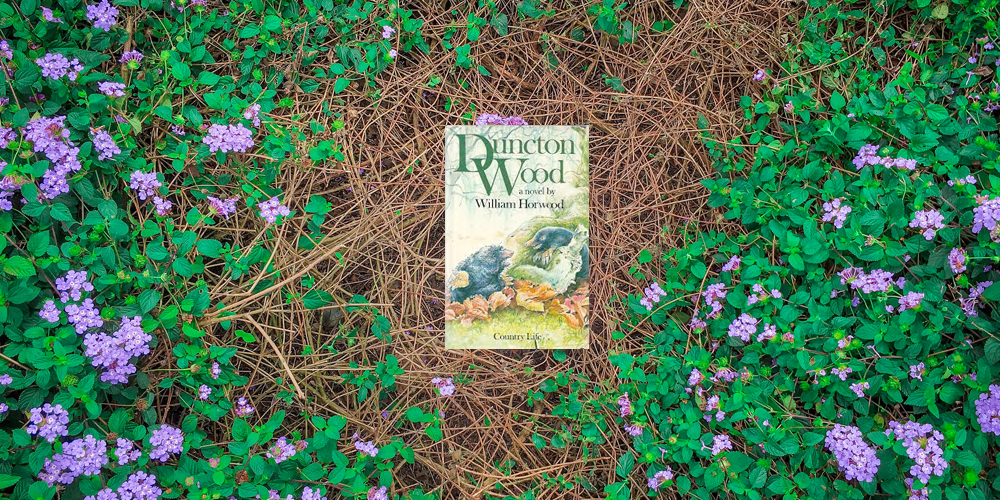
Tailchaser’s Song by Tad Williams (1985)
Reading Tailchaser’s Song, published in 1985, is is immediately clear just how much it has to thank predecessors such as Watership Down and Duncton Wood. Not that it is directly imitative of those books, but simply that readers were fully prepared by then to enter animal worlds replete with epic stories, myths and their own rich culture. At the same time, you could speculate that Williams was equally if not more inspired by the works of JRR Tolkien and any number of other fantasy and science-fiction writers.
If the public already had an appetite for reading about rabbits and moles, then it doesn’t take much to imagine the potential interest in heroic tales of cats. Tad Williams’s novel has, in turn, inspired many other writers to try their hand at feline fiction. A notable example is The Warrior Cats series for yonger readers, written under the pseudonym Erin Hunter. It is hard to imagine such works existing without the inspiring example of Tailchaser’s Song, and Williams’s novel remains the standard against which they and future stories will be measured.
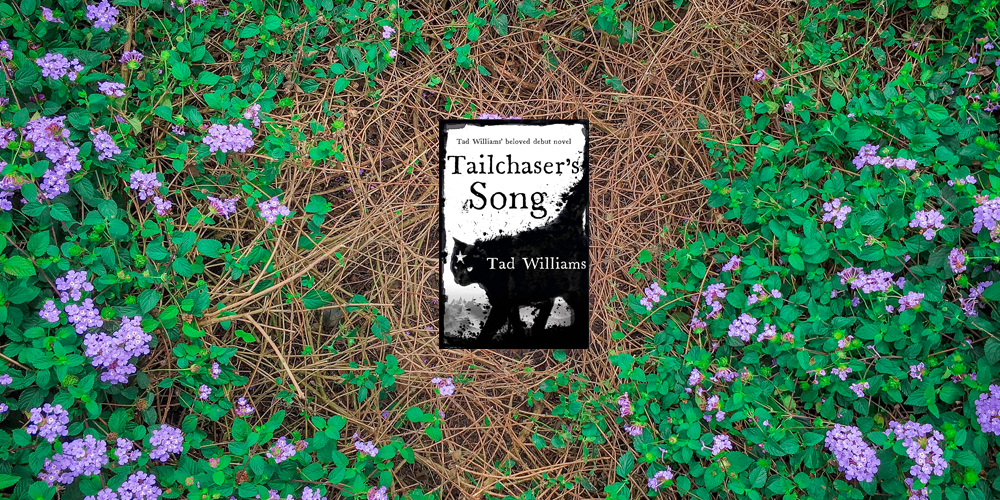
Empire of the Ants by Bernard Werber (1991)
Taking a decidedly different approach to animal-focused literature is the extraordinary Empire of the Ants by Bernard Werber. Unlike most of the books on our list, the novel tells two parallel stories. The first revolves around a man called Jonathan Wells who inherits a Paris apartment after his uncle is stung to death by wasps. All of which would be perfectly straightforward if the apartment did not also contain a mystery in the cellar. The parallel story centres on an ant who is a survivor of an unknown catastrophe that devastates his colony of 18 million ants.
While wanting to avoid revealing too many other plot points or how the stories develop and converge, it is no exaggeration to say that this is an almost unique literary creation. By turns thrilling, thought-provoking and philosophical, this is a work that leaves readers with as many questions as answers as they ponder the nature of human existence, its purpose and its future…
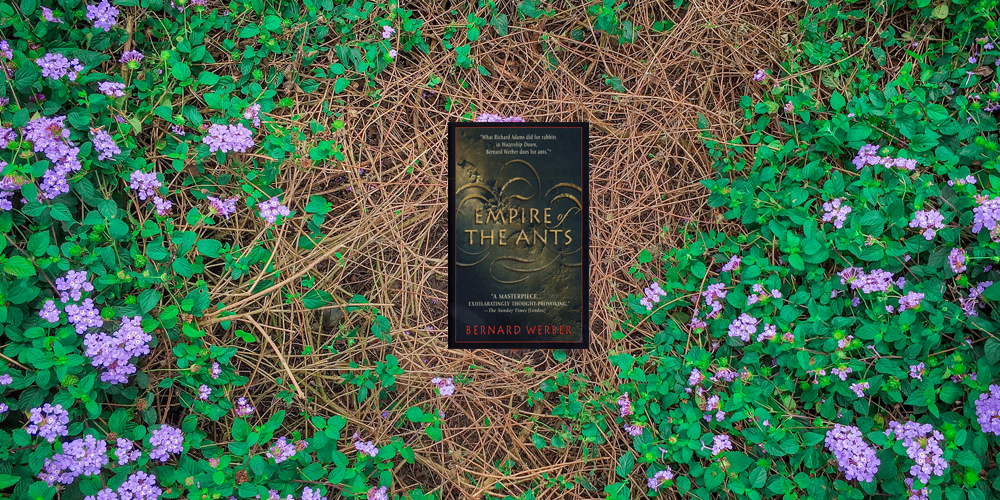
Lives of the Monster Dogs by Kirsten Bakis (1997)
Albeit written in a completely different style to Empire of the Ants, Lives of the Monster Dogs is every bit as unique – one of those books that arrives as if from nowhere and yet somehow feels as if it should always have existed. The original book jacket sets the scene wonderfully: “A group of elegant monster dogs in top hats, tails and bustle skirts become instant celebrities when they come to New York in 2008. Refugees from a town whose residents had been utterly isolated for a hundred years, the dogs retain the 19th-century Germanic culture of the humans who created them.” If that doesn’t whet your appetite, then maybe fiction just isn’t the thing for you. For the more curious, the story develops in both expected and unexpected ways as the dogs attain wealth and renown. That is until things start going wrong. Very wrong.
The entire work is an astonishing feat of the imagination. Just suppose for a moment that Mary Shelley had collaborated with Johann Wolfgang von Goethe on a mysterious new book, hoping to illuminate the dangers of success, the changing nature of human identity, our relationship with other species, the potential (and dangers) of science, and even commenting on the tragedy of dementia. While doing so, they called on Donna Tartt for some additional input before handing the manuscript over to Dorothy Parker or Phoebe Waller-Bridge for a final polish. Impossible, we know, but if you did then you might just end up with Lives of The Monster Dogs. But that didn’t happen. Instead, this dazzling book was written in 1997 by the brilliant Kirsten Bakis and remains every bit as urgent and prescient today as it was then.
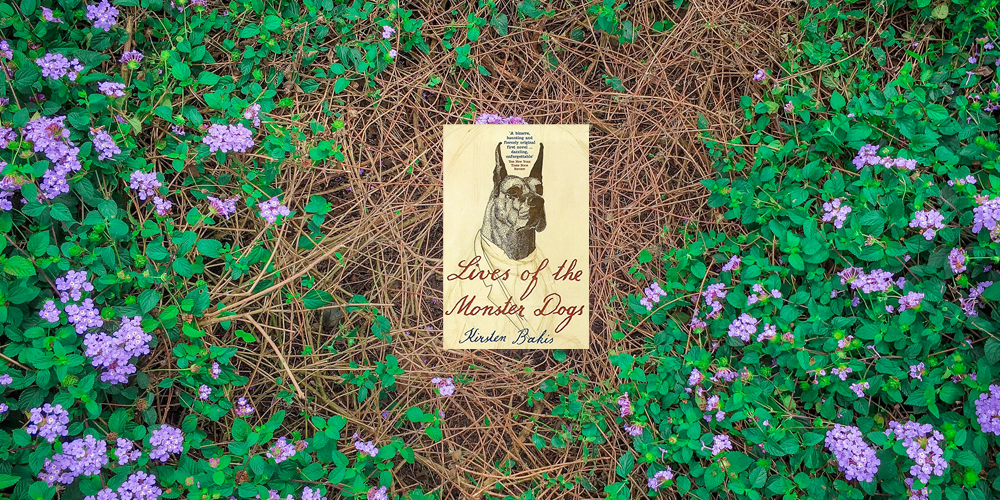
The Fox of Richmond Park by Kate Dreyer (2017)
Foxes have long been the subject of human attention – and fascination. This is reflected in numerous literary depictions in stories for both children and adults, most often symbolising cunning, ingenuity and quick-wittedness. Kate Dreyer succeeds in inventing a vulpine character for today that is every bit as compelling as its fictional forebears, but that still feels fresh and original.
Vince is no ordinary fox, but is instead a restless soul, trying to relocate himself both physically and emotionally in contemporary London. The novel recounts his adventures with more than enough warmth and gentle charm to satisfy any and all admirers of this remarkable creature. For anyone who enjoys the book, they might be curious to discover that the publishing success is based on the author’s own efforts to crowdfund her work.
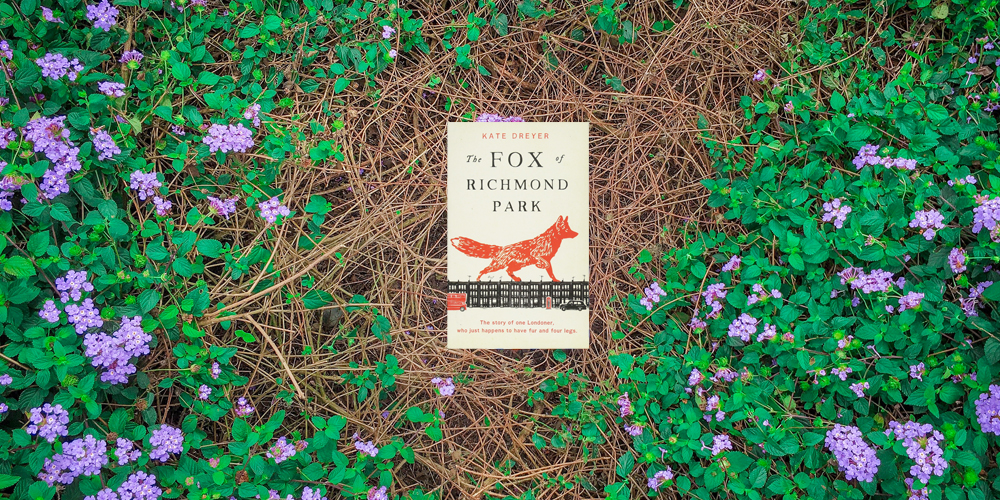
The Cat Who Saved Books by Sōsuke Natsukawa (2021)
Equally soul-nourishing is Sōsuke Natsukawa’s The Cat Who Saved Books. First published in 2017 in Japan, the novel has been available in English since last year. The author tells the story of a young man who is considering selling his family bookstore after the death of his beloved grandfather, who had founded the business. He is only discouraged from doing so by, what else, a talking tabby called Tiger who enlists his help to seek out and save books that have been mistreated or otherwise neglected by their owners.
This is a work of fiction with the power to heal, deepening one’s affection for cats and engendering respect for the wisdom of animals, while also nurturing one’s love of books and the entire experience of reading. This is a book to be read, re-read, savoured and shared, but never to be left gathering dust on a shelf…
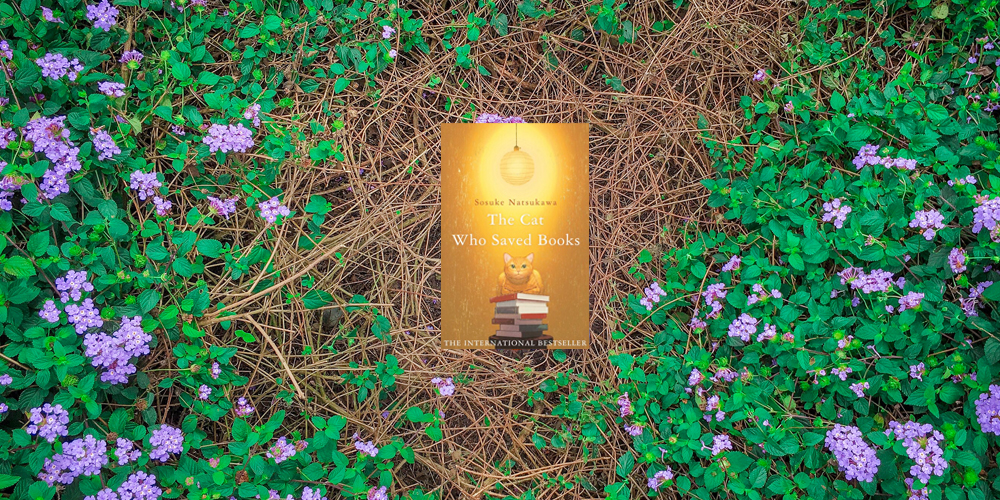

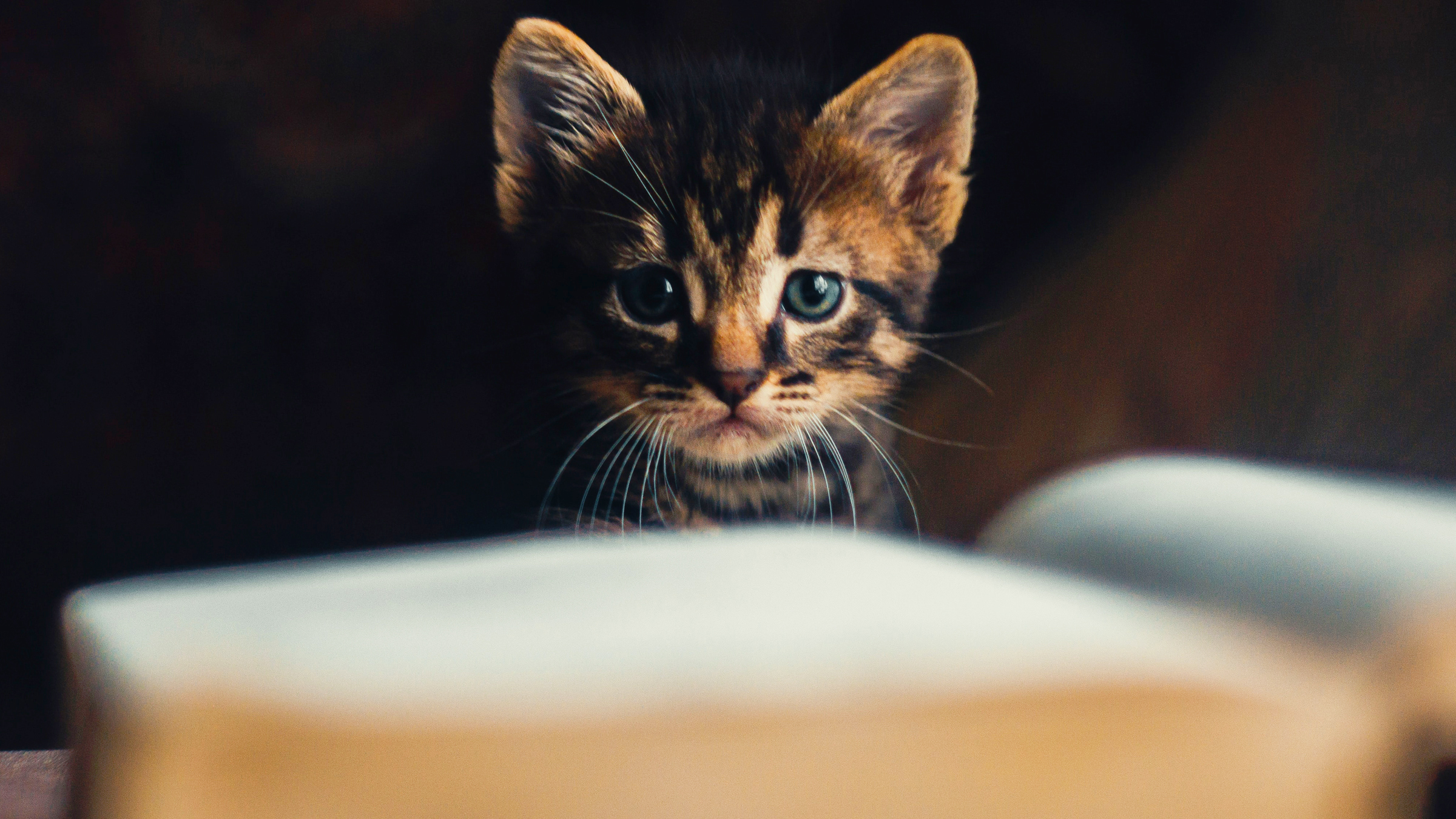










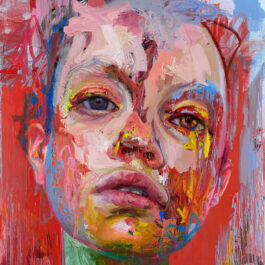

Sorry, the comment form is closed at this time.